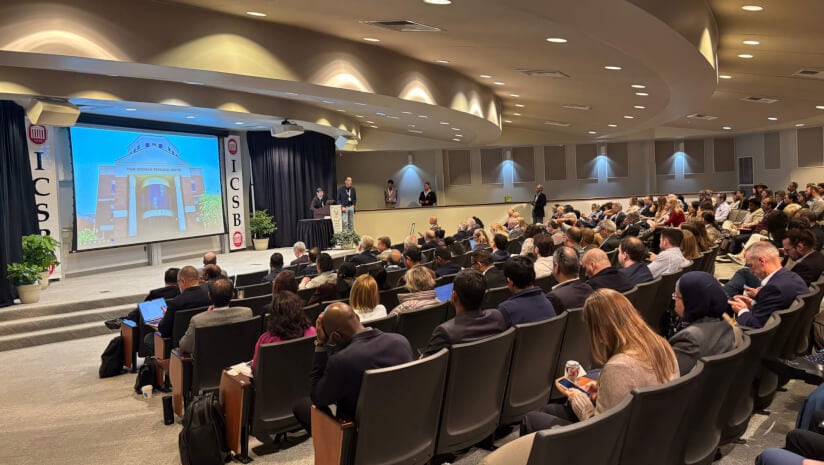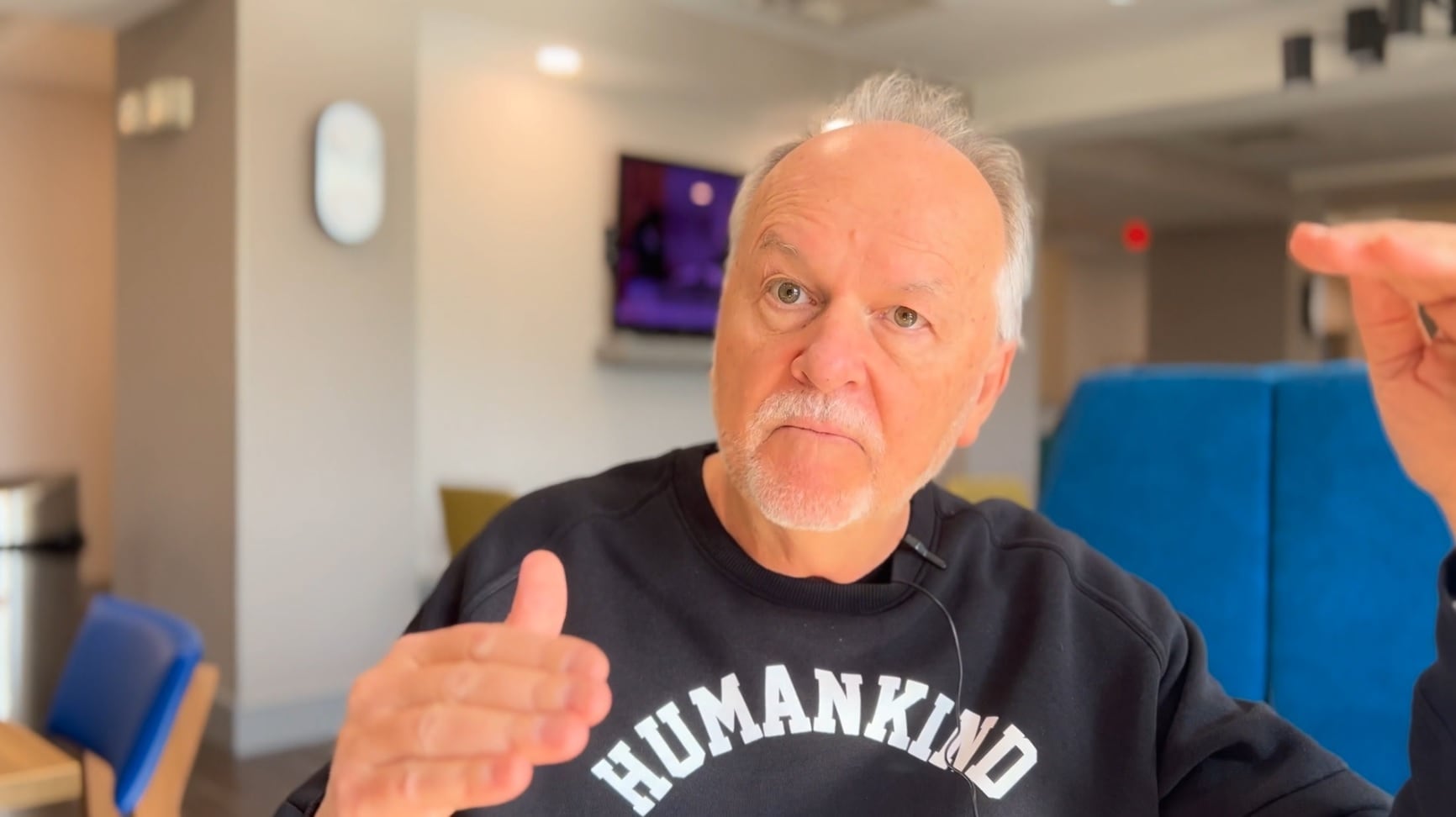The event covered topics ranging from the state of the herbal supplement market and fluctuating trade policy to the conundrums of quality control and the can-dos of access and benefit-sharing. It is hosted by the National Center for Natural Products Research (NCNPR) and this year was held in conjunction with the 24th International Congress of The International Society for Ethnopharmacology.
Dr. Ikhlas Khan, assistant director of NCNPR since 2002 and director since 2017, described ICSB as a place for collaboration in a benign environment.
“This conference brings all the stakeholders together to learn from each other and to create what is needed, and what is needed right now is more cooperation and more collaboration,” he said.
Notable this time was the in-absentia attendance of U.S. Food and Drug Administration (FDA) delegates, who were only able to stream in due to travel restrictions under the new Trump administration.
Best practices for botanical constituent evaluation
Speaking via Zoom, Hellen Oketch-Rabah, PhD, deputy director of the Office of Dietary Supplement Programs (ODSP) under the Human Foods Program at FDA, spoke to an issue at the heart of NCNPR’s work—the proper identification and authentication of botanical materials for chemical safety.
She outlined a collaborative project between FDA, NCNPR and the Office of Dietary Supplements at the National Institutes of Health (NIH), which was sparked by ongoing discussions at ICSB on current best practices and science for identifying the compounds isolated from botanicals, particularly since many are used in consumer products.
These best practices are communicated as three basic steps: identifying the plant source by both aerial and floral parts (even if a root extract) to the genus and species level, proving the constituent is what it is and verifying that the plant contains the constituent (and that it can be isolated in quantities necessary for commercialization).
“And as a good practice, collect the plant material but also try and prepare what you call a reference virtual specimen that can be stored in a recognized herbarium because you will need this for future reference, and you need to compare your reference specimen with virtual specimens in databases such as Missouri Botanical Gardens and USDA databases,” Dr. Oketch-Rabah said. She added that it is essential to consult a taxonomist to ensure identification and rigorous chemical profiling.
Proper documentation includes details such as Latin binomial and the author’s name, morphology, macroscopic characteristics, whether wild harvested or cultivated, geographic location, conditions of cultivation or collection, harvest period and maturity.
Dr. Oketch-Rabah also discussed considerations during the extraction process like fit-for-purpose methods, particle size, solvent material ratio and optimum extraction time.
Presentations across the program addressed rigorous science and process—whether in evaluating the safety of ashwagandha, determining the right analytical testing method for the right specs, assessing dosage form performance or trying to understand the human component of Artificial Intelligence in natural product discovery.
During the conference, NCNPR also announced the creation of the Resource Center for Cannabis and Cannabinoid Research (R3CR) as part of a multi-NIH institute partnership to support scientists across the United States address challenges and barriers to rigorous research on cannabis and its constituents.
“I am very happy to gather this team of experts to create a successful center that will meet the requirements of the [federal solicitation],” Dr. Khan said. “It is a unique opportunity for all of us to assist others and encourage further research in all fields of cannabis research.”
The can-dos for transformative change
One series of stand-out sessions focused on the role of academia, regulators, industry and local communities in protecting botanicals as potent source material and equitable wealth generator.
Damien Krichewsky, PhD, a sociologist and research fellow at Bonn University, discussed the challenges and opportunities for sustainability transformation of access and benefit-sharing (ABS), which he explained manifests as “a social and material web of relations.”
“ABS puts together a lot of dimensions that condition human behavior, human interactions with plants, with botanicals, in terms of environmental politics, the politics of biodiversity governance, law, intellectual property rights, the capitalist market economy, scientific research, but also indigenous knowledge systems, communities, wild harvested plants, cultivated plants, biotechnologies, industrial equipment,” he said.
In his talk “From Biopiracy to ABS Compliance”, Ulrich Feiter, CEO of Cape Town-based pharmaceutical company Parceval (Pty) Ltd. and chairman of the Southern African Botanical Products Association (SABPA), noted that even countries (like the United States) that are not party to the Nagoya Protocol (which established the ABS as crucial provision) must comply with the legislation in the country of origin instead of accessing traditional knowledge and genetic resources without prior informed consent.
This, he noted, often implies navigating complex and sometimes prohibitive permit requirements for industry and academia at every stage of the supply chain from harvesters and traders to manufacturers and brand owners.
“There is a need to bridge the divide between regulators, traditional knowledge holders and industry, simply because at this stage, or up to now, we sort of look at each other with some trepidation because it’s like, what are you going to take from me? What do I have to give up, etc.?‘, but the idea is actually that one needs to get together and understand each other’s needs better and better and do the sharing of benefits,” he said.
Both Dr. Krichewsky and Feiter are involved in the recently initiated TEGA Project that is working to turn ABS into an entry point for socio-ecological transformation rather than discarding it in a world led by greed and power or sticking to the status quo of upholding exhausted promises of sustainable development.
Presentations by Helen Sheridan, PhD, of Trinity College Dublin and Alvaro Viljoen, PhD, of Tshwane University of Technology each delved into the challenges, opportunities and successes in the scientific and cultural work to preserve use, legitimacy and livelihoods while unlocking nature’s pharmacy—from the Potentilla erecta, Myrica gale and Sphagnum spp. of the Irish Boglands to the Adansonia digitata, Mesembryanthemum tortuosum and Pelargonium sidoides of Africa.
“The beauty of the boglands […] has inspired us to unlock the secrets of this pharmacy for communities who depend on it for their livelihood, but we need to move them from depleting the boglands to becoming their custodians,” Dr. Sheridan said. “We have done this through science and educational programs, and we’re all here because we are educated in this area, and we are really privileged.
“Education is a tremendous privilege, but it’s also a huge responsibility, and I’m very proud to be part of a community where we can use our knowledge and our power to drive the sustainable use of nature’s resources because we only hold them in trust for future generations, and we must use this power.”
Oxford ICSB 2026
The next International Conference on the Science of Botanicals—which every year is complemented by a social program of live music, bowling and competitive yard games—will be held from April 20 to 23, 2026.




